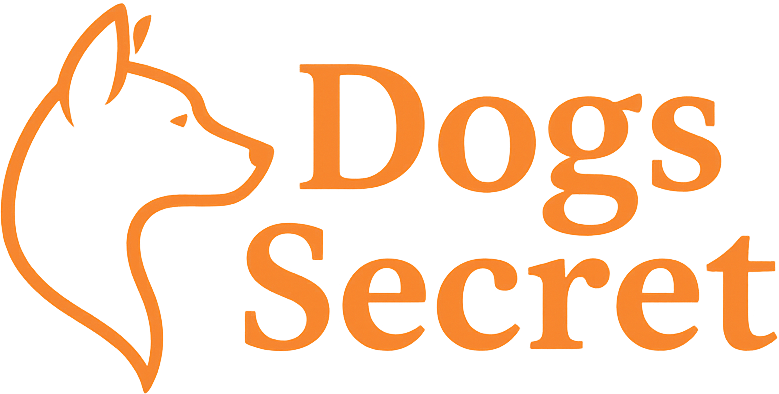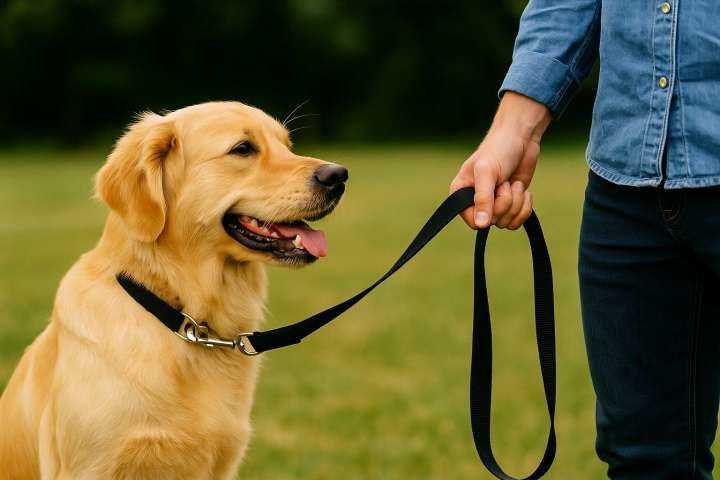Does your daily walk feel more like your dog is walking you? You’re not alone. Leash pulling is one of the most common issues dog owners face—and one of the most frustrating.
The good news? With the right leash training techniques and a bit of consistency, you can turn stressful walks into calm, enjoyable bonding time. In this guide, we’ll show you how to stop your dog from pulling, step by step, using humane, reward-based methods.
Why Dogs Pull on the Leash
Pulling is natural—your dog walks faster than you, wants to explore, and often hasn’t learned that pulling doesn’t get them what they want.
Common reasons dogs pull:
- Excitement or overstimulation
- Lack of leash training
- Reinforcement (they’ve pulled before and it worked)
- Trying to reach other dogs, people, or smells
- Anxiety or fear
Solution: Teach your dog that walking nicely = forward movement, and pulling = pause.
What You’ll Need
- A front-clip harness or no-pull harness (avoid choke or prong collars)
- A 4–6 ft standard leash (not a retractable leash)
- High-value treats or a favorite toy
- Patience and consistency
Step-by-Step Puppy Potty Training Plan
✅ Step 1: Start in a Low-Distraction Environment
Begin practicing indoors or in your backyard.
What to do:
- Hold the leash loosely in one hand
- Say your dog’s name and start walking
- The moment they walk beside you, say “yes!” and reward
- If they pull ahead, stop walking immediately
No forward motion until the leash is loose again.
✅ Step 2: Use the “Stop-and-Go” Technique
This teaches your dog that pulling = no progress.
What to use it:
- Walk forward
- The moment your dog pulls—stop
- Wait calmly until the leash is loose again (or your dog looks at you)
- Say “let’s go” and continue
- Repeat every time they pull
It may feel slow at first, but consistency is key.
✅ Step 3: Try the “Turn and Go” Method
If your dog pulls hard and doesn’t check in:
- Say “this way!” in a happy voice
- Turn and walk in the opposite direction
- Reward when they follow without pulling
- Repeat as needed—this keeps them focused on you
Over time, your dog learns that they don’t control the direction—you do.
✅ Step 4: Reward Good Leash Behavior
Use high-value treats to reward your dog every time they:
- Walk beside you
- Check in and make eye contact
- Stay on a loose leash during distractions
You’re teaching: “Stay near me = rewards and forward movement.”
✅ Step 5: Gradually Add Distractions
Once your dog is doing well in calm settings:
- Practice in quiet streets or parks
- Slowly introduce more stimulation (e.g., other dogs, joggers)
- Continue rewarding focus and loose leash walking
If your dog struggles, go back a step—don’t rush the process.
What Not to Do
- ❌ Don’t yank or jerk the leash—this can cause injury or fear
- ❌ Don’t use aversive tools (prong, choke, shock collars)
- ❌ Don’t allow pulling “just this once”
- ❌ Don’t rely on a tool alone—training is the real solution
Extra Tips for Success
- Practice for 5–10 minutes at a time—short, frequent sessions work best
- Use a marker word or clicker to clearly communicate success
- Stay upbeat and encouraging—your energy affects your dog
- Reward generously at the start, then reduce treats over time
- Teach your dog a cue like “heel” or “close” to walk at your side
When to Get Help
If your dog:
- Lunges aggressively
- Is too strong to manage safely
- Pulls to the point of gagging or panicking
- Has leash-reactive behavior
…consider working with a positive reinforcement trainer or behaviorist for customized help.
Conclusion
Leash training doesn’t have to be a battle. With patience, practice, and reward-based methods, your dog can learn to walk calmly by your side—and you’ll both enjoy walks more than ever.
Need a printable leash training tracker or harness fitting guide? Visit our Loose Leash Training Hub for free downloads and videos.

